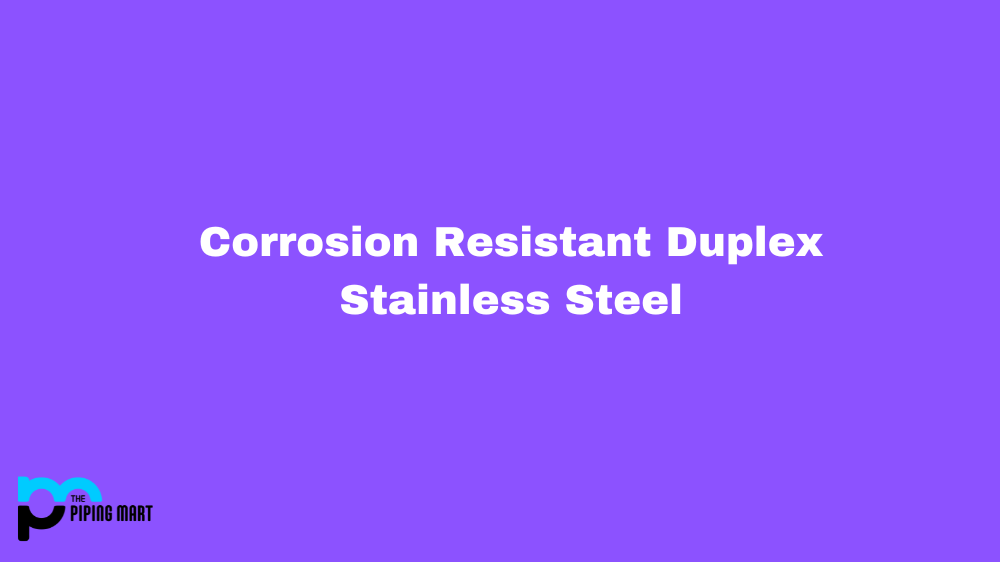When it comes to selecting a metal alloy for certain applications, two of the most popular choices are alloys 600 and 625. While both alloys offer excellent corrosion resistance, they each have unique properties that make them suitable for different tasks. In this blog post, we’ll compare alloy 600 and 625 to help you determine which one is best for your needs.
Difference Between Alloy 600 and 625
Chemical Composition
The chemical composition of an alloy determines its physical properties, such as strength and corrosion resistance. Alloy 600 is made up of mostly chromium and nickel with small amounts of iron and manganese. On the other hand, alloy 625 has a higher nickel content than alloy 600 and also contains molybdenum to increase its strength.
Strength
Alloy 600 is known for its good strength at high temperatures, making it ideal for use in applications like heat exchangers and furnace components. However, due to its low molybdenum content, it does not have as much strength as alloy 625. Alloy 625 has excellent strength at high temperatures due to its high molybdenum content, making it a great choice for components that need to be strong while operating in extreme conditions.
Corrosion Resistance
Both alloys provide excellent corrosion resistance in environments where there is exposure to chemicals or salt water. However, alloy 625 is more resistant than alloy 600 when exposed to oxidizing acids like nitric acid or sulfuric acid because it forms a protective oxide layer on its surface that prevents further corrosion from occurring. This makes it well-suited for marine environments or situations where there is exposure to harsh chemicals.
Conclusion:
When selecting an alloy for your application, you should consider the chemical composition as well as the desired properties, such as strength and corrosion resistance. Alloy 600 offers good strength at high temperatures while providing excellent corrosion resistance in normal environments but may not be suitable when exposed to oxidizing acids or salt water due to its lower molybdenum content compared to alloy 625. On the other hand, alloy 625 provides superior strength at high temperatures along with better corrosion resistance in these more challenging environments due to its higher molybdenum content. By comparing these two alloys side by side, you can determine which one will be best suited for your specific application needs!

Abhishek is a seasoned blogger and industry expert, sharing his insights and knowledge on various topics. With his research, Abhishek offers valuable insights and tips for professionals and enthusiasts. Follow him for expert advice on the latest trends and developments in the metal industry.




